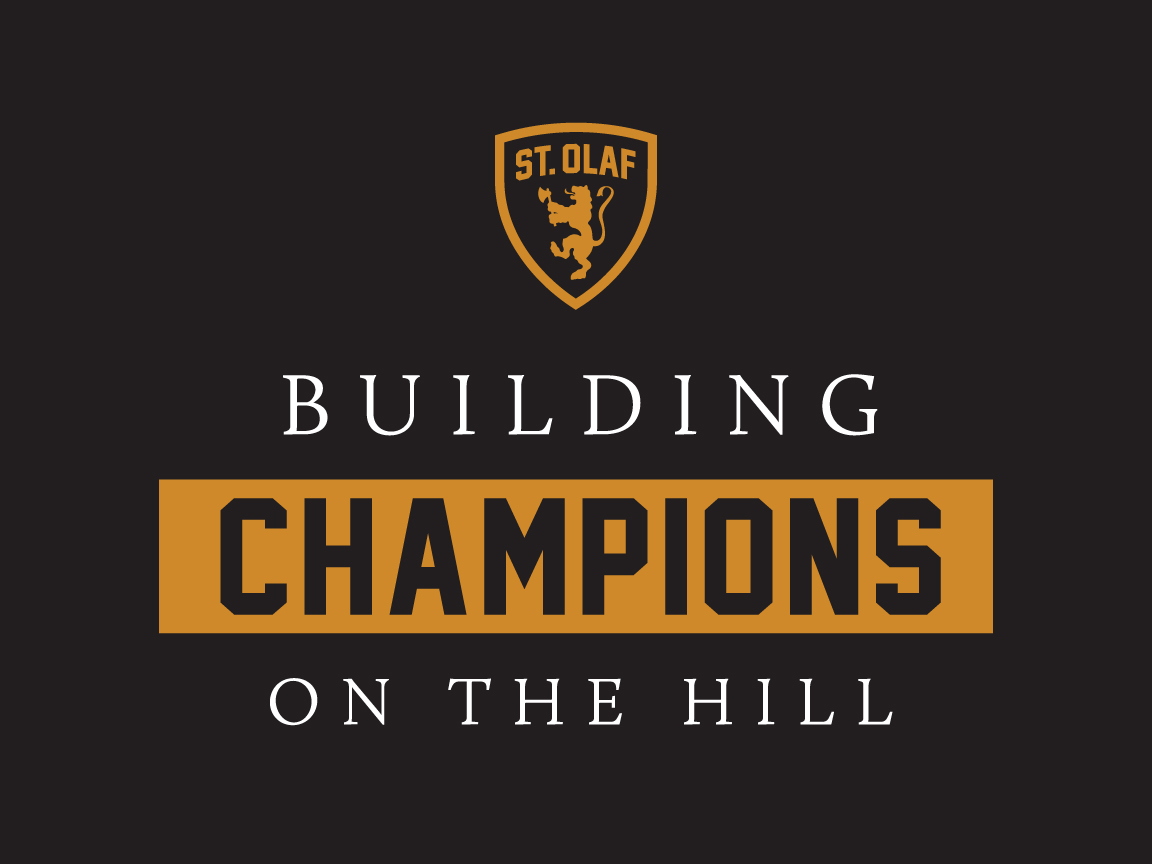By Larissa Banitt
Contributing Writer
Back home, I always knew when it was game day. Fans started lining up outside of Providence Park around mid- day, decked out in green; parking became impossible throughout Uptown; and on nights when match times aligned with my choir rehearsal there were moments when I could hear roaring from the field several blocks away, like strong winds whooshing through pine trees.
When they were first founded in 2009, the Timbers took Portland, Ore. by storm. Scarves bearing the team’s green and white became popular accessories, espe- cially at the airport where passengers fly- ing with Alaskan Airlines – the Timbers’ major sponsor – could board with first class if they showed off official Timbers attire. Billboards appeared all over the city picturing people from every walk of life, from burly, bearded men to slight, young girls wielding axes and chain- saws: the motley crew of the Timbers Army. Despite already being home to the NBA’s Portland Trailblazers, the soc- cer team captured the city’s imagination and quickly ingrained itself in Portland culture. But this is a city that prides itself on being weird, so is this soccer craze something the rest of the country will embrace?
There is definite evidence that soccer is slowly making its way into the forefront of the American sporting consciousness. Earlier this year, the women’s World Cup final had record ratings, drawing roughly 25.4 million viewers on Fox, according to the New York Times. This was not the first time the U.S. women had made it to the final; in fact, the U.S. Women already had two titles to their name prior to this year’s victory. Yet more people tuned in to this match than ever before. This seems to indicate an increase in national interest in a sport that easily ranks as the most popular sport in the world. Between the Olympics and FIFA World Cups, soccer brings with it an interna- tional element that is not as easily found in the NBA Finals and the NFL’s Super Bowl. With the world becoming more connected through social media, perhaps the global perspective is part of soccer’s appeal.
Those in charge of Major League Soccer have noticed this increase in interest and capitalized on it. A decade ago there were only twelve MLS clubs, and they have since added eight more with no plans of stopping. In addition to the 20 clubs that played this season, there are already four more expansion clubs in the works, including one for the Twin Cities that is currently settling on a location for a sta- dium. Even the United Soccer League, the MLS’s second division, has announced four new teams within the next two years. Some wonder if the MLS may be reaching saturation point, but each new team so far has been met with enthusiasm from their respective cities.
It may be unlikely that soccer will ever approach the popularity of the NFL, although in the days of Jackie Robinson, Lou Gehrig and Babe Ruth, it seemed unlikely that football would ever overtake the national pastime. Yet these develop- ments could very well be foreshadowing a time when the MLS will be spoken in the same breath as the NBA, NFL and MLB. Take it from a Portlander, there are some places in this country where it already is.




